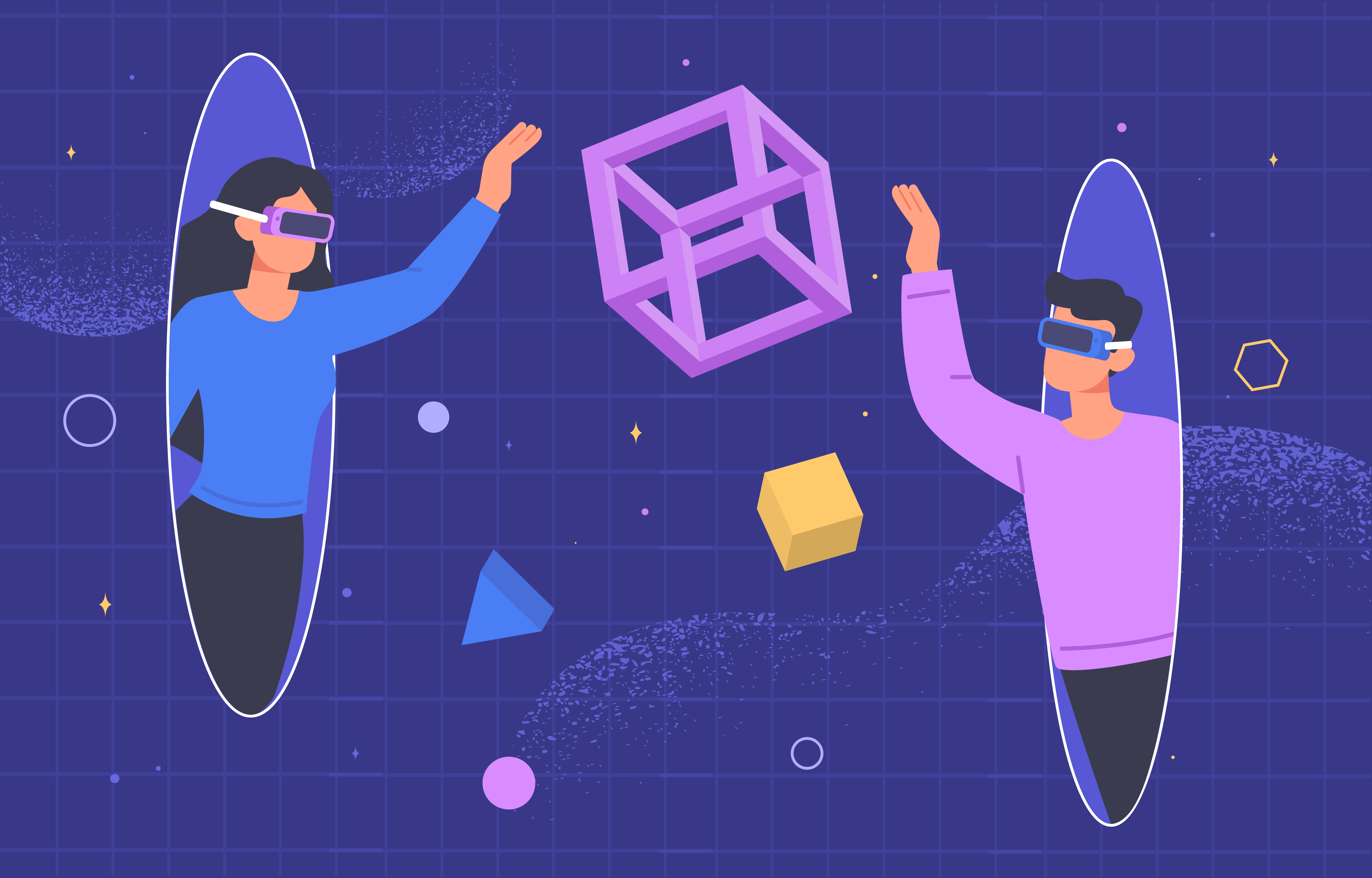
VR Apps for Designers
Designers can leverage VR apps to enhance their creative process by immersing themselves in a virtual environment where they can manipulate and refine their designs. These apps serve as digital tools that offer a new dimension to explore creativity, allowing designers to interact with their creations in a unique way.
By utilizing VR technology, designers can experiment with different design solutions and push the boundaries of innovation. VR apps provide a platform for designers to visualize their ideas in a tangible and interactive manner, ultimately helping them refine their concepts and achieve groundbreaking design outcomes.
Make sure to check VR Today Magazine for everything VR. From game reviews, news, guides and plenty more.
Unreal Engine
Unreal Engine is a widely-used real-time 3D creation tool employed by designers for game design, simulations, and visualizations across multiple platforms. It enables designers to explore immersive VR experiences by converting 3D models into interactive environments that redefine conventional design boundaries. Through Unreal Engine, designers can develop engaging VR applications that deliver a truly immersive VR experience.
The compatibility of Unreal Engine with platforms like Windows, MacOS, Linux, Xbox, PlayStation, iOS, and Android offers designers a diverse range of opportunities in VR design. By utilizing Unreal Engine's comprehensive development tools, designers can translate their concepts into interactive, immersive VR experiences that captivate users on a profound level. Embrace Unreal Engine to unleash your creativity in the realm of VR design.
Unity VR Engine
Unity VR Engine is a prominent real-time 3D creation tool designed for immersive VR experiences. It offers a comprehensive set of features tailored to developing virtual reality applications. Designers can utilize Unity VR Engine to create interactive VR apps with realistic visuals and spatial audio, enhancing the immersive experience for users.
One key advantage of Unity VR Engine is its compatibility with various VR devices and platforms, allowing designers to reach a wider audience, including mobile users. The engine's flexibility and detailed documentation have contributed to its popularity among designers for VR app development.
Google VR for everyone
Google's VR for Everyone initiative aims to offer accessible virtual reality experiences to a wide range of individuals. The initiative includes a variety of options, such as Google Cardboard for more budget-conscious users, as well as higher-end devices like the Oculus Rift and HTC Vive.
Through Google VR, users can engage with immersive worlds and interactive experiences that blend the boundaries between the physical and digital realms. The augmented reality features of Google VR, coupled with a selection of VR headsets, provide users with diverse ways to interact with content in innovative ways.
OpenVR SDK (Software Development Kit)
The OpenVR SDK enables developers to create immersive virtual reality experiences seamlessly across various devices and interactions. This software development kit (SDK) offers a platform-agnostic API for VR development, ensuring compatibility with a range of headsets such as the HTC Vive and controllers.
The OpenVR SDK simplifies the development of VR experiences by offering tools for rendering, input handling, spatial tracking, and more. Whether users are navigating a virtual world in Tilt Brush or designing architectural spaces, this SDK supports both room-scale and seated experiences, accommodating diverse VR applications and interactions.
Developers can improve user experiences by incorporating features like chaperone bounds, haptic feedback, and overlay interfaces using the OpenVR SDK. Its integration with SteamVR and compatibility with engines like Unity and Unreal Engine make it a versatile option for VR development, enabling designers to realize their virtual reality projects effectively.
PlayStation VR Dev Kit
The PlayStation VR Dev Kit offers developers the necessary resources to create immersive VR experiences designed for the PlayStation platform. It includes documentation, technical support, and development tools to assist developers in crafting VR experiences that make the most of the PlayStation hardware capabilities.
This kit offers a comprehensive development environment that enables developers to optimize VR content specifically for the PlayStation VR ecosystem.
Tilt Brush
Tilt Brush is a virtual reality application that offers designers a unique 3D painting experience. Developed by Google, this app allows users to paint in a three-dimensional space using a variety of tools and colors.
Artists can incorporate special effects and create immersive art experiences by painting in a virtual canvas. Tilt Brush enables designers to break away from the limitations of a traditional 2D canvas and bring their ideas to life in a new way.
It blurs the boundaries between the digital and real world, providing a platform for collaborative art creation in virtual reality. Users also have the option to export their creations for sharing and further development, making Tilt Brush a versatile tool for individual expression and teamwork in the virtual realm.
Conclusion
As a designer, embracing VR technology can revolutionize your creative process.
Did you know that according to a recent survey, 63% of designers believe that VR has significantly improved their ability to visualize and iterate on their designs?
By utilizing VR apps like Unreal Engine and Tilt Brush, you can elevate your projects to new heights and unlock a whole new realm of possibilities.
Don't miss out on the opportunity to push the boundaries of imagination and bring your ideas to life in ways you never thought possible.
